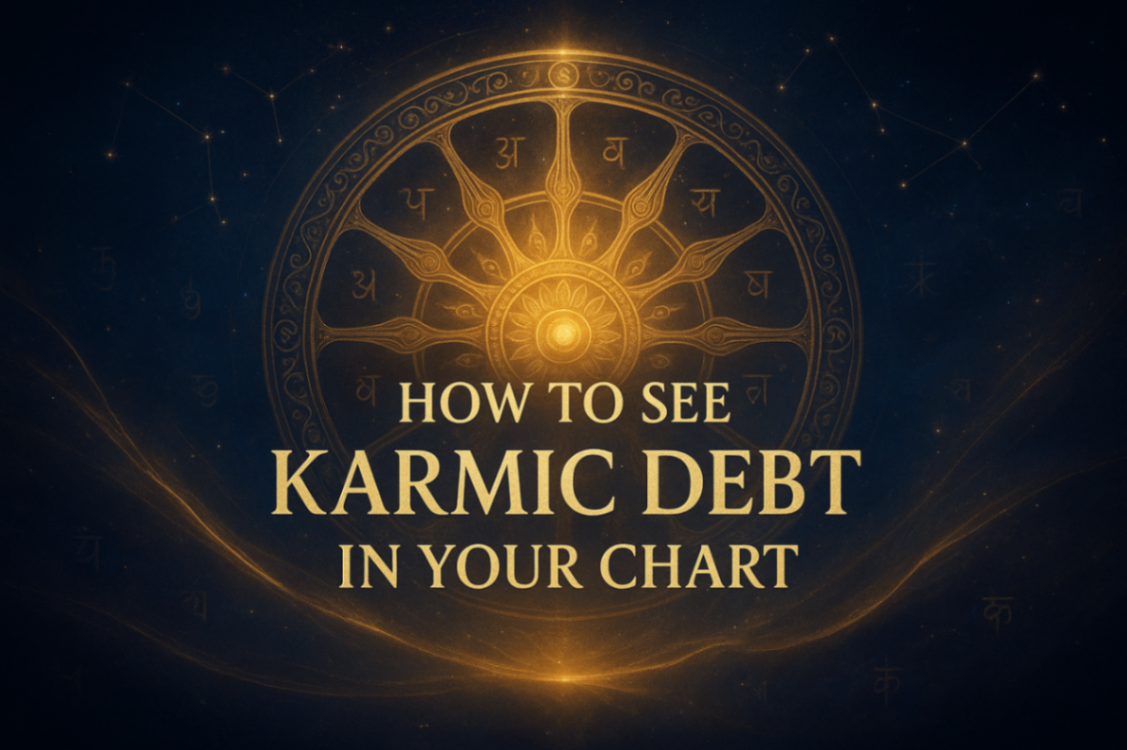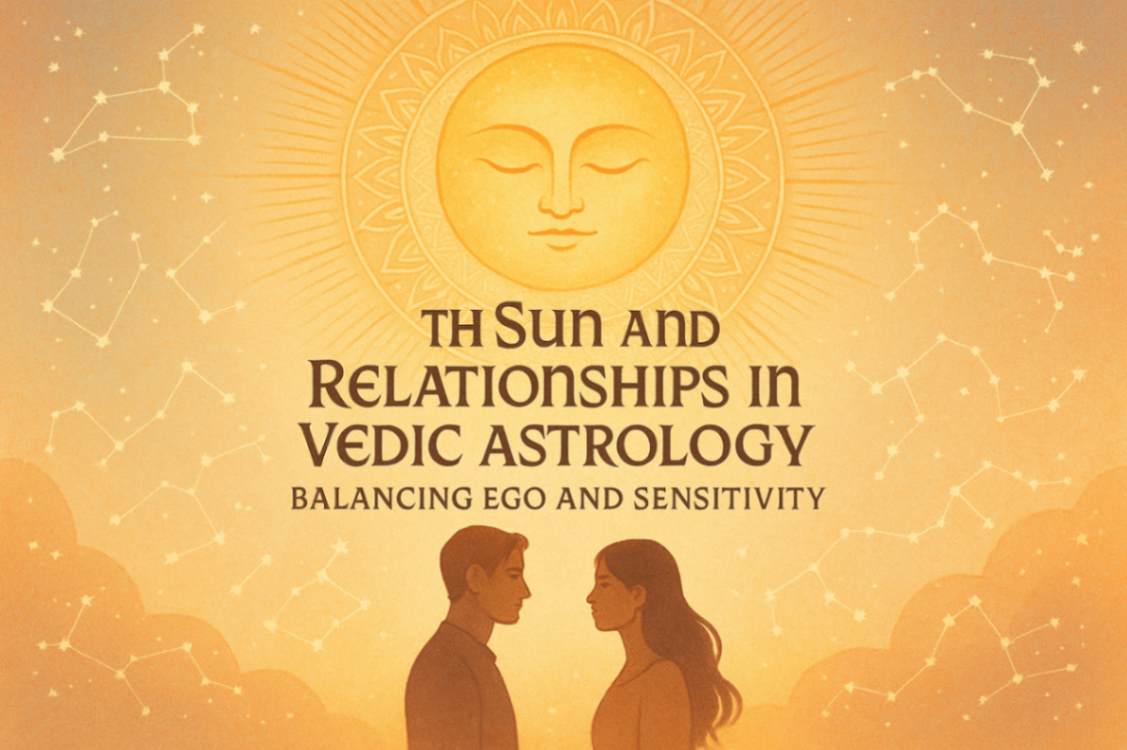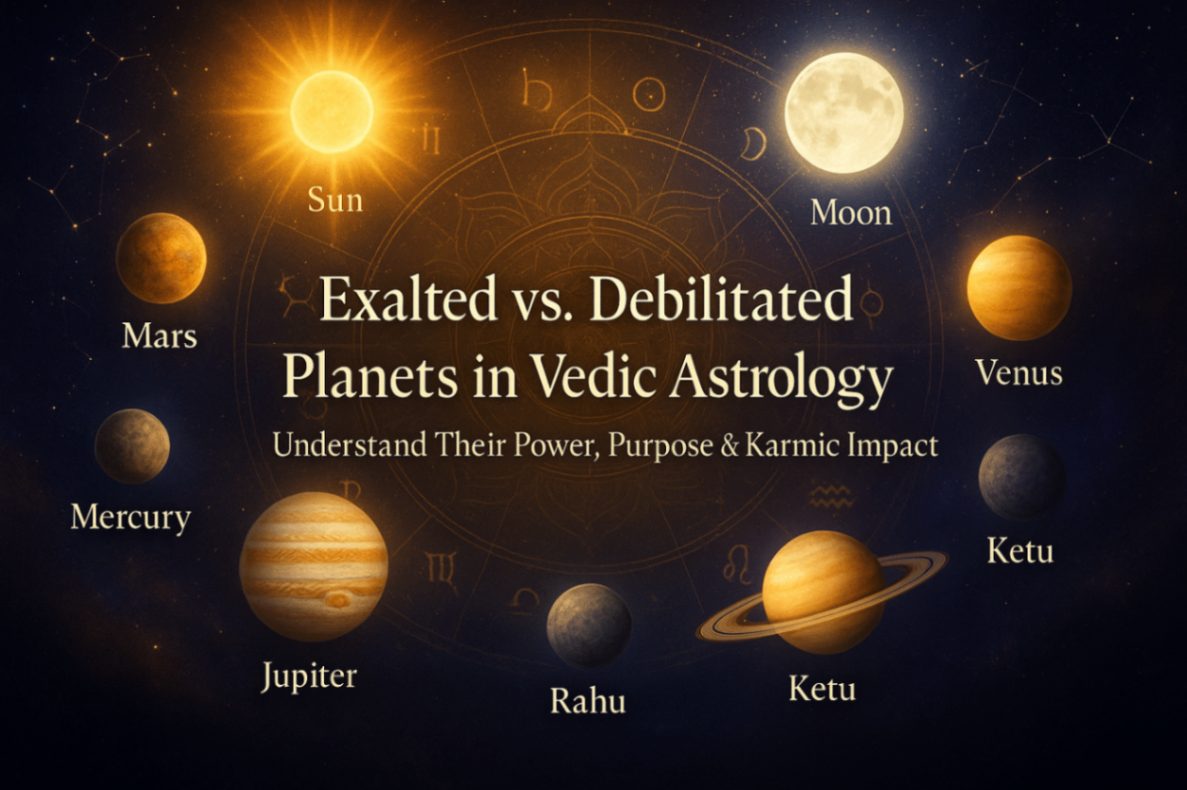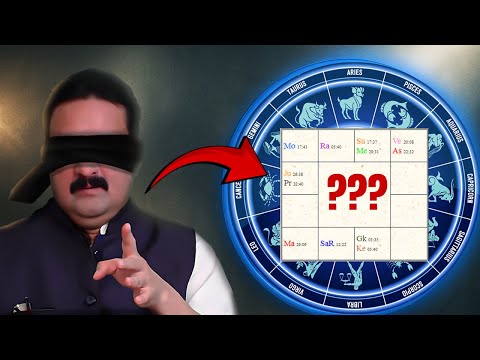Introduction to Vedic Astrology
Vedic Astrology, also known as Jyotish, is an ancient science that has been practiced in India for thousands of years. It is deeply rooted in the culture and traditions of the people and is used to make predictions and provide guidance for various aspects of life. Unlike Western astrology, which focuses primarily on the sun signs, Vedic astrology takes into account the entire birth chart of an individual to make more precise and detailed predictions.
The Historical Context of Vedic Astrology
Vedic Astrology is believed to be over 25,000 years old, making it one of the oldest forms of astrology in the world. The roots of this ancient practice can be traced back to the Vedas, the sacred texts of Hinduism, which contain hymns, incantations, and rituals from ancient India. The Rishis, or sages, who wrote these texts, are believed to have received this knowledge from a divine source, and it has been passed down through generations.
Vedic Astrology in Daily Life
In India, Vedic astrology is an integral part of daily life. People consult astrologers for guidance on various matters, such as marriage, career, health, and financial decisions. Astrological charts are often referred to during important life events and ceremonies. The practice is so ingrained in the culture that it is not uncommon to see families consulting astrologers before making significant decisions.
Components of Vedic Astrology
Vedic astrology is comprised of several key components that work together to provide a holistic view of an individual's life and destiny. These components include the planets (Grahas), houses (Bhavas), signs (Rashis), and aspects (Drishtis). Each of these elements plays a crucial role in interpreting the birth chart and making predictions.
The Planets (Grahas)
The nine planets in Vedic astrology are the Sun, Moon, Mars, Mercury, Jupiter, Venus, Saturn, Rahu (the North Node), and Ketu (the South Node). Each planet has its own unique characteristics and influences different aspects of life. For example, the Sun represents the soul, ego, and vitality, while the Moon represents the mind, emotions, and intuition.
The Houses (Bhavas)
There are twelve houses in a Vedic birth chart, each representing different areas of life. The first house, also known as the Ascendant, represents the self and physical body. The second house represents wealth and possessions, the third house represents communication and siblings, and so on. Each house is ruled by a specific sign and planet, adding another layer of complexity to the interpretation.
The Signs (Rashis)
There are twelve signs in Vedic astrology, similar to Western astrology. These signs are Aries, Taurus, Gemini, Cancer, Leo, Virgo, Libra, Scorpio, Sagittarius, Capricorn, Aquarius, and Pisces. Each sign has its own unique characteristics and qualities, which influence the planets and houses they occupy in the birth chart.
Key Techniques in Vedic Astrology
Vedic astrology employs various techniques to interpret the birth chart and make predictions. Some of the most important techniques include the use of Dasha systems, transits, and yogas.
Dasha Systems
The Dasha system is a unique feature of Vedic astrology that helps in timing events in a person's life. The most commonly used Dasha system is the Vimshottari Dasha, which divides a person's life into planetary periods. Each planet rules over a specific period, and the influence of the planet during its Dasha period can significantly impact the individual's life.
Transits (Gochara)
Transits refer to the current positions of the planets in the sky and their movement through the zodiac signs. By analyzing the transits of the planets in relation to the natal chart, astrologers can make predictions about future events and trends. Transits play a crucial role in understanding the timing of events and the potential challenges and opportunities that may arise.
Yogas
Yogas are specific combinations of planets in a birth chart that create unique influences and outcomes. There are hundreds of yogas in Vedic astrology, each with its own set of rules and interpretations. Some yogas are considered highly beneficial, bringing prosperity and success, while others may indicate challenges and obstacles. Understanding the yogas in a birth chart is essential for a comprehensive analysis.
The Role of Research in Vedic Astrology
Research plays a vital role in the practice and development of Vedic astrology. By continually studying and analyzing birth charts, astrologers can refine their techniques and improve their predictive abilities. Collective research, where multiple astrologers collaborate and share their findings, is particularly valuable as it allows for a broader perspective and more robust conclusions.
Empirical Research
Empirical research involves the systematic collection and analysis of data to validate astrological principles. Astrologers may test specific parameters, such as the influence of a particular planet or yoga, across multiple birth charts to determine their accuracy and reliability. This research helps to identify patterns and correlations that can enhance the predictive power of Vedic astrology.
Challenges and Skepticism
Despite its long history and widespread use, Vedic astrology faces challenges from skeptics and rationalists who question its scientific validity. To address these concerns, it is essential for astrologers to present their findings in a scientific and transparent manner. By providing empirical evidence and demonstrating the accuracy of their predictions, astrologers can bridge the gap between astrology and science.
Learning Vedic Astrology
Learning Vedic astrology requires dedication, patience, and a systematic approach. It is a vast and complex field, and even a lifetime of study may not be enough to master all its nuances. However, with the right guidance and resources, students can develop a solid foundation and gradually build their knowledge and skills.
Choosing a School or Mentor
Finding a reputable school or mentor is crucial for learning Vedic astrology. An experienced teacher can provide structured guidance, help students avoid common pitfalls, and offer valuable insights based on years of practice. Schools that emphasize research and empirical validation are particularly beneficial as they encourage a scientific approach to astrology.
Practicing and Refining Skills
Practice is essential for mastering Vedic astrology. Students should regularly analyze birth charts, apply different techniques, and make predictions to refine their skills. Keeping a journal of predictions and their outcomes can help track progress and identify areas for improvement. Additionally, participating in study groups and engaging with the wider astrological community can provide support and inspiration.
Conclusion
Vedic astrology is a profound and intricate science that offers valuable insights into various aspects of life. By understanding its principles and techniques, individuals can gain a deeper understanding of themselves and the world around them. Whether used for personal guidance or professional practice, Vedic astrology has the potential to enrich lives and provide a unique perspective on the mysteries of existence.
```






































